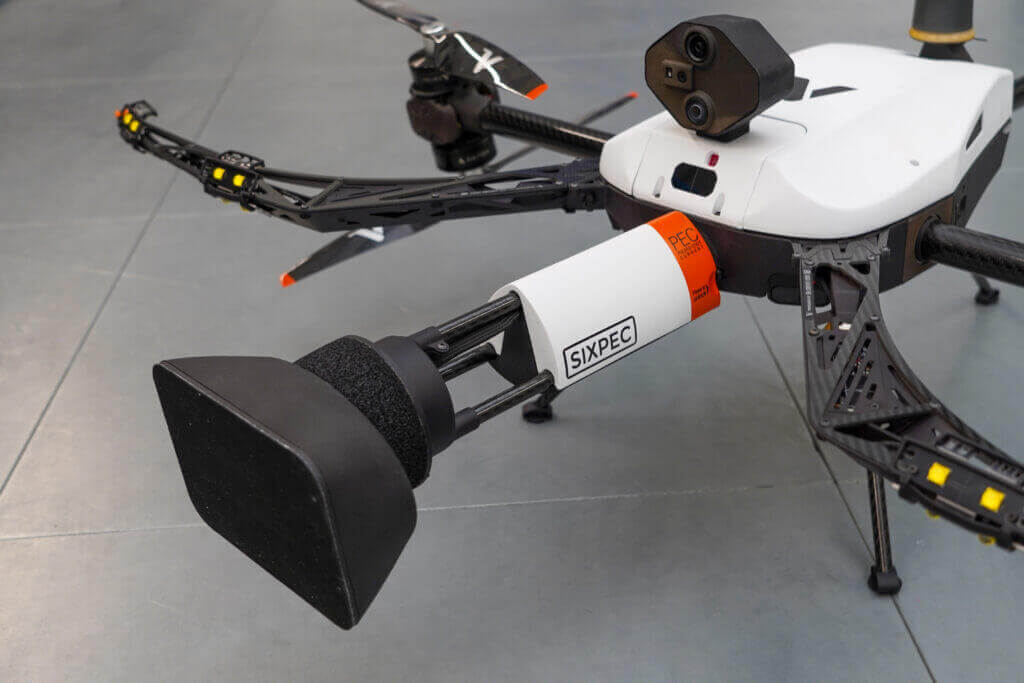land surveying and resource exploration to industrial photogrammetry and NDT inspections to aerial photography for weddings or advertising, drones have brought extra efficiencies and cost-savings to various operational workflows.
However, the novel technology also came with inherent privacy and security risks, prompting initial regulatory scrutiny. Between 2012 and 2015, the first drone usage guidelines emerged, erring on the side of caution.
By 2024, most North American and European countries have introduced comprehensive drone use legal frameworks, covering pilot certification, UAV registration, and flight restrictions. Many countries are also working on new drone laws for beyond-visual line-of-sight operations and unmanned traffic management.
Learn about the current key legal requirements for commercial drone operations.
The Global State of Commercial Drone Use Laws and Regulations: Summary
Many jurisdictions have adopted a risk-based approach to ensure rapid, safe technology deployment for beneficial use cases.
While specific laws vary, common regulatory trends appear across many countries:
- Clear distinction between recreational and commercial use, with stricter rules for commercial drone operations.
- Maximum flight altitude of 120 meters (300-400 feet) in many jurisdictions, with waivers or permissions for approved commercial operations.
- Only visual line of sight (VLOS) operations are allowed by default. Require extra authorization and permits for limited-scope beyond visual line of sight (BVLOS) flights.
- Prohibition on flying over people, crowds, residential and commercial areas. Restrictions near airports or sensitive government areas.
- Mandatory drone registration and/or pilot certification with a local regulatory body.
North American and EU/EEA member states have the most mature drone regulatory frameworks, driven by operation-centric and risk-based principles. The rules are largely harmonized across the EU, EEA, and the UK and aligned with US and Canadian drone laws.
APAC, LATAM, and MENA regions lack unified frameworks. Countries mostly issue individual commercial drone laws, with some regulatory asymmetry. In some places, no clear regulations for the drone market exist.
US Drone Regulations
The US has generally favorable drone use laws, with well-established definitions and requirements for commercial operators. The Federal Aviation Administration (FAA) oversees UAV registration, pilot certification, and regulatory approvals for certain drone use cases.
Commercial drones in the US may be operated:
- Under Part 107 — applicable to smaller UAVs under 55 lb (25 kg) with payload and flight speed under 100 mph (160 kph).
- Under Section 44807 exemption, which allows flying heavier UAVs and beyond visual line of sight (BVLOS).
- With an airworthiness certificate, which grants special usage permission for experimental aerial technologies or special purpose operations in agriculture, wildlife conservation, land surveying, and patrolling among other use cases.
Most industrial drone use cases will be covered by Part 107 FAA drone laws.



